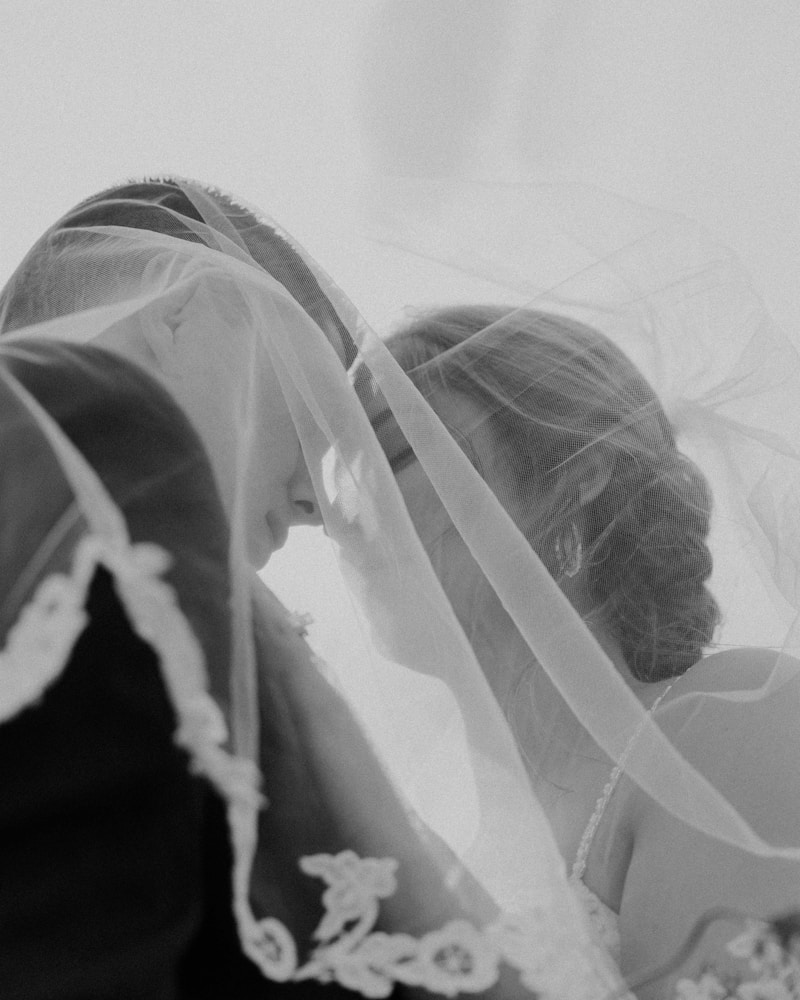Incorporating Fingertip Veils into Cultural Ceremonies: A Deep Dive into Tradition and Modernity
The Timeless Elegance of Fingertip Veils
Fingertip veils have been a timeless symbol of elegance and grace. Often associated with weddings, these delicate pieces of fabric serve as more than just an accessory; they carry deep cultural significance in various ceremonies around the world. This article will explore how incorporating fingertip veils into cultural ceremonies enhances their beauty and meaning while providing a guide for their use in different contexts.
Understanding Fingertip Veils
Fingertip veils typically extend to the fingertips, falling gracefully over the bride’s shoulders. While they are most commonly seen in bridal ceremonies, fingertip veils can enhance a variety of cultural events, from religious rites to formal celebrations. Their versatility makes them a favorite among brides and ceremonial participants alike.
Historical Significance
Historically, veils symbolize modesty, purity, and the transition from girlhood to womanhood. In many cultures, the act of wearing a veil during significant life events is seen as a rite of passage. For instance, the tradition of wearing a veil during weddings can be traced back to ancient Rome and Greece, where it represented the bride's modesty and the protection of her husband.
| Cultural Contexts for Fingertip Veils |
| Weddings |
| Religious Ceremonies |
| Formal Events |
| Celebrations and Festivals |
Fingertip Veils Across Cultures
Incorporating fingertip veils into cultural ceremonies varies widely across different traditions and regions. Here are a few examples of how they are used in various settings:
1. Bridal Traditions
In Western cultures, fingertip veils are a popular choice for brides on their wedding day. They are often made of lace, tulle, or organza and can be adorned with embroidery or beading. The seamless blend of tradition and personal style allows brides to choose a veil that reflects their individuality while still paying homage to longstanding customs.
2. Religious Ceremonies
In many religious practices, wearing a veil signifies respect and devotion. For instance, in some Christian communities, women wear veils during church services to honor their faith and community. Similarly, in certain Islamic cultures, hijabs or veils serve both to observe modesty and express cultural identity during significant events.
3. Cultural Festivals and Celebrations
Fingertip veils can also be seen in various cultural festivals where individuals may incorporate traditional attire reflecting their heritage. These veils not only add to the visual splendor of the ceremony but also resonate with the meanings behind different cultural symbols.
Choosing the Right Fingertip Veil
Choosing the appropriate fingertip veil for a cultural ceremony can enhance the overall experience for participants and attendees alike. Here are some considerations for selecting the perfect veil:
1. Fabric and Design
The fabric of a fingertip veil can significantly impact its appearance and feel. Common fabrics include lace, tulle, and organza. When selecting a veil, consider the overall theme of the ceremony and choose a fabric that complements it well.
2. Length and Style
Fingertip veils primarily vary in length and style. Typically, they reach the fingertips when the arms are at rest. However, styles can vary from simple designs to intricately embellished options. Opt for a style that aligns with the personal taste of the wearer while fitting seamlessly into the ceremony's aesthetic.
3. Cultural Symbolism
Different cultures assign various meanings to veils. Understanding the cultural background associated with fingertip veils can help in making choices that honor traditions and resonate with participants. For example, brides might choose a specific color or embellishment based on cultural significance.

Incorporating Fingertip Veils into Modern Ceremonies
As we strive for a deeper understanding of cultural practices, the incorporation of fingertip veils has evolved. This evolution allows us to appreciate traditional elements while embracing contemporary styles. Here are a few ways to integrate fingertip veils into modern ceremonies:
1. Personalization
In today’s world, personalization plays a crucial role in any ceremony. Couples can choose to customize their fingertip veils with unique designs, colors, or even embroidery that reflects their journey together. This element of personalization not only makes the veil special but also adds layers of meaning to the occasion.
2. Blending Traditions
Many couples now seek to blend traditions from different cultures, leading to a beautiful melting pot of rituals. For instance, a bride of mixed heritage may choose to incorporate aspects from both cultures in her wedding attire, including the use of a fingertip veil that symbolizes both backgrounds.
3. Modern Ceremony Settings
Many modern ceremonies take place in unconventional settings. Fingertip veils can adapt seamlessly to both traditional churches and outdoor venues. With careful consideration for setting and themes, these veils can enhance any backdrop, from ethereal gardens to chic urban rooftops.
Final Thoughts: The Role of Fingertip Veils in Cultural Ceremonies
In conclusion, incorporating fingertip veils into cultural ceremonies adds an element of elegance that transcends time and geography. They carry with them the weight of tradition while allowing for personal expression and customization in modern settings. As you plan your next cultural event, consider how a fingertip veil can elevate the experience, honoring the past while celebrating the present.
Whether you are participating in a wedding, a religious ritual, or a cultural festival, fingertip veils serve as a reminder of beauty and significance in our shared human experiences. Remember to honor the traditions behind these beautiful garments, ensuring that their cultural symbolism is respected as they adorn the ceremonies that matter most.